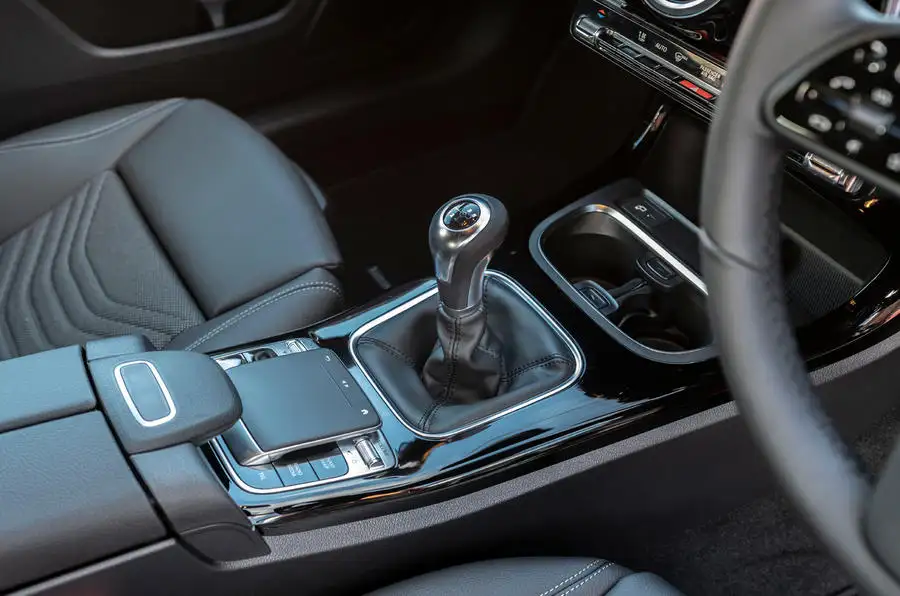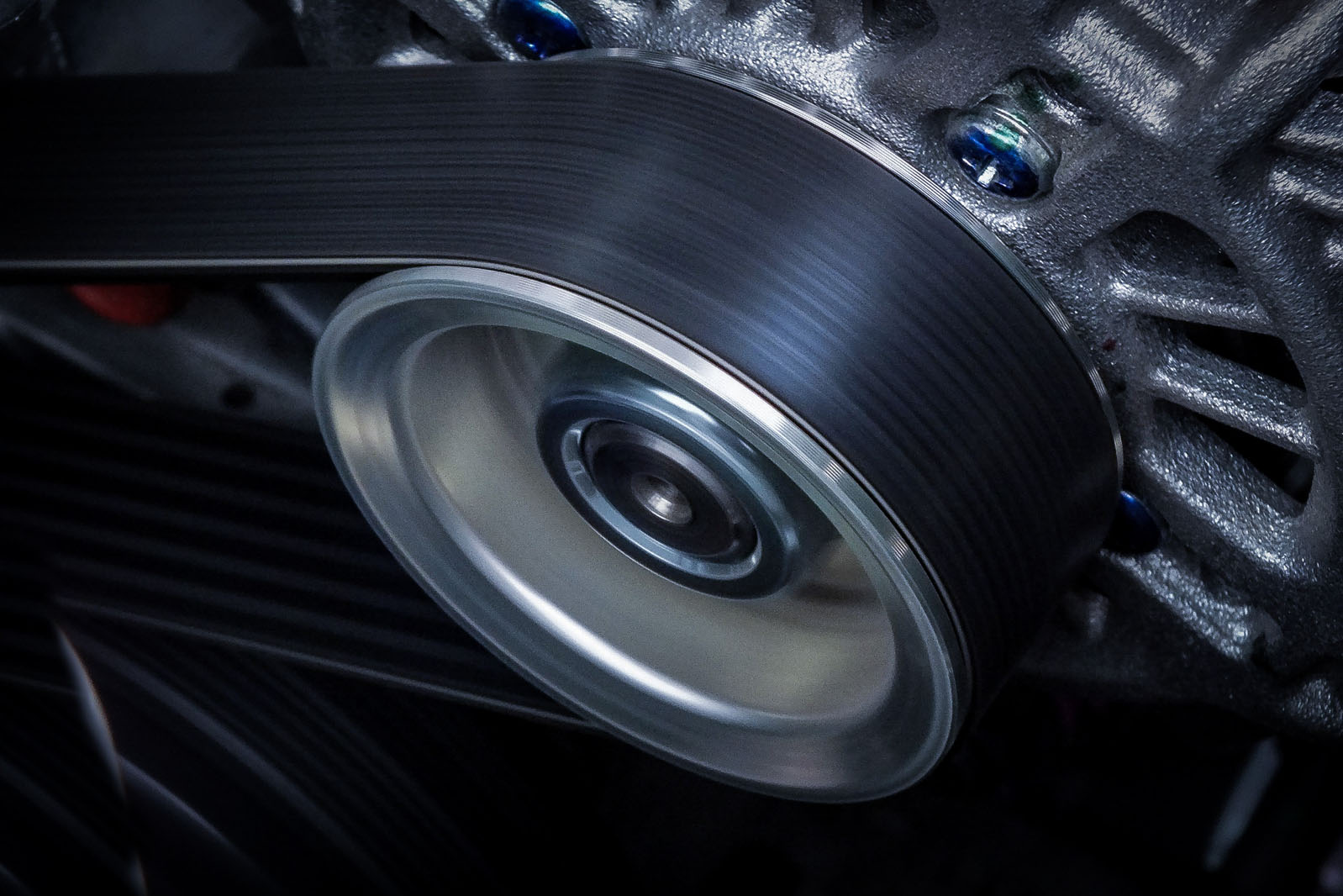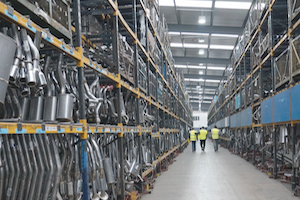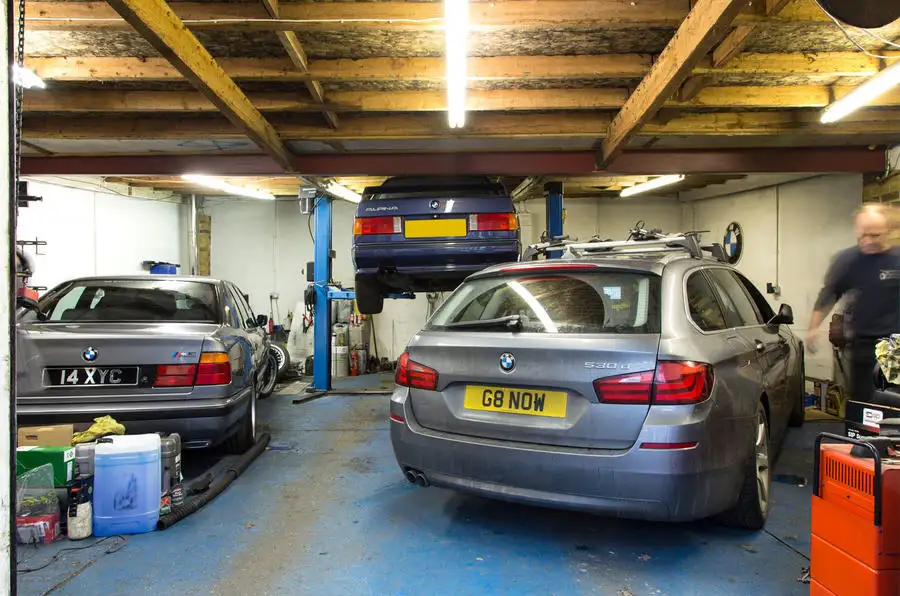Mike Owen tells a spooky tale of not dealing with old inventory and the bad impact this can have on return on investment.
There is no greater curse than stock that has died on the shelf. This is not stock that has become damaged but stock for which there is no longer a demand – whilst there are those that consider a set of king-pins and bushes for a Triumph Mayflower to be an appreciating asset, reality dictates that they are just scrap.
Return on investment is king especially in post-recessionary times, and accurate stock valuation is paramount to maintaining this; redundant, obsolete or overstock parts all impact badly on this.
At its most basic level, stock appears on the balance sheet of a company under the banner of ‘short term assets’ and is used in calculating the liquidity of a company – that all important current ratio; the difference between what you owe and what you have to pay for it with, this can be severely affected if a volume of your stock has a sale potential of ‘not-a-lot’.
Keep circulating
Return on investment at its simplest comes down to ‘circulation and return on funds employed’ – there is a lot of kidology talked about this, especially when it comes to stock. The basic premise is quite understandable: You invest £20,000 and you make 20 percent when you sell your goods. You circulate your stock five times a year and you make 100 percent return on your investment:
- £20,000 x 20 percent = £4000
- £4000 x 5 times circulation = £20,000
- £20,000 return = £20,000 investment or 100 percent*
Traditionally, in the parts arena, circulation has been given the snazzy title of stock turn with various figures being quoted of five to eight times per year – the value of the stock being rotated through sales by a number of times (£100,000 sales, £20,000 stock = 5:1 stock turn) but you know all this… Here come some of the problems.
Stock turn is calculated, of course, net VAT but it should also be calculated without another factor and that is the profit element, calculating stock turn as net-cost divided by sales-value skews the result alarmingly. In the two examples given above the profit is considered above the sale value. If it is included, the results change like this:
- £100,000 (sales) – £16,666 (profit included in sale) = £83,333 (net sales)
- £20,000 stock = 4.17:1 stock turn
There is another significant figure that should be taken away from the sales figure to create a figure referred to as ‘True Stock Turn’. To calculate True Stock Turn you must remove all sales that do not rotate the stock on the shelf; stock that has been bought in to satisfy a demand rather than speculatively purchased to replenish or create shelf stock; put simply, if your customer asks for a turbocharger that you don’t hold on the shelf, but you can get for tomorrow morning delivery, has this moved your stock – No! If during the course of the year your purchases in this category are significant, you’ve got a problem.
Using the above example again and identifying non-stock sales (net) of £35,000 the example changes thus:
- £16,666 (profit included in sale) + £35,000 (non-stock sales) = £51,666 (sales from stock)
- £100,000 sales – £51,666 = £48,334 (net sales from stock)
- £20,000 stock = 2.41:1 stock turn
I can hear the argument circulating about ‘yes, but we still made money’ but there is significant overinvestment in stock. If you take the net sales from stock figure above (£48,334) and divide that by the same example stock turn of five, this will give a target stock for that level of sales of under £10K (£9667). The balance of the stock is dormant, overstocked or heading to be both.
I was invited to look at a dealer in the deep South-West who was relocating his premises and was concerned over the volume of space required to be set aside for his voluminous stocks; using all of the above we identified that his true stock turn was 0.8:1, what he required was a skip and his requirement for space was in fact about the size of an average family bathroom.
The danger of this impending obsolescence is quite predictable but needs focus and control. Obsolete stock is often unsaleable full-stop. In the example used so far the company is in danger of suggesting through its accounts that the stock on hand is saleable when a portion of it is not (even on eBay). This disguises the onset of cash-flow problems and all that goes with it.
There are several calculations and methods that can be used to deal with obsolete stock and, unless you are motivated by the size of your tax bill, reduce that as well. There is a standard computation used by accountants on stock – please don’t use it, it’s unrealistic and often insufficient. HMRC give you almost an open hand on this matter, provided you can prove the logic of what you have done and that there is no hint of evasion – don’t ask your accountant, tell them.
The old days
For those of you who can recall when Nelson had both eyes, the majority of parts stockists, factor and dealer alike used a system called VISIrecord which predated computer systems, was labour intensive and had the simplest ‘stock-to-zero’ system incorporated in its stock level control – it has long been replaced [although the company continues to trade to this day – Ed] with algorithms that even if you manage to sell that last set of Mayflower pins and bushes, will encourage you to order another set – this is the stuff of stock nightmares.
Stock management becomes a deeper problem with virtually all components being application specific – where is ‘Joe Lucas’ when we need him? These specific parts now need monitoring more so than ever, they change mid model-year and a change of supplier puts so much at risk of obsolescence. The garages need information, and you need the information to give the garages – choose your suppliers carefully.











Go to comments